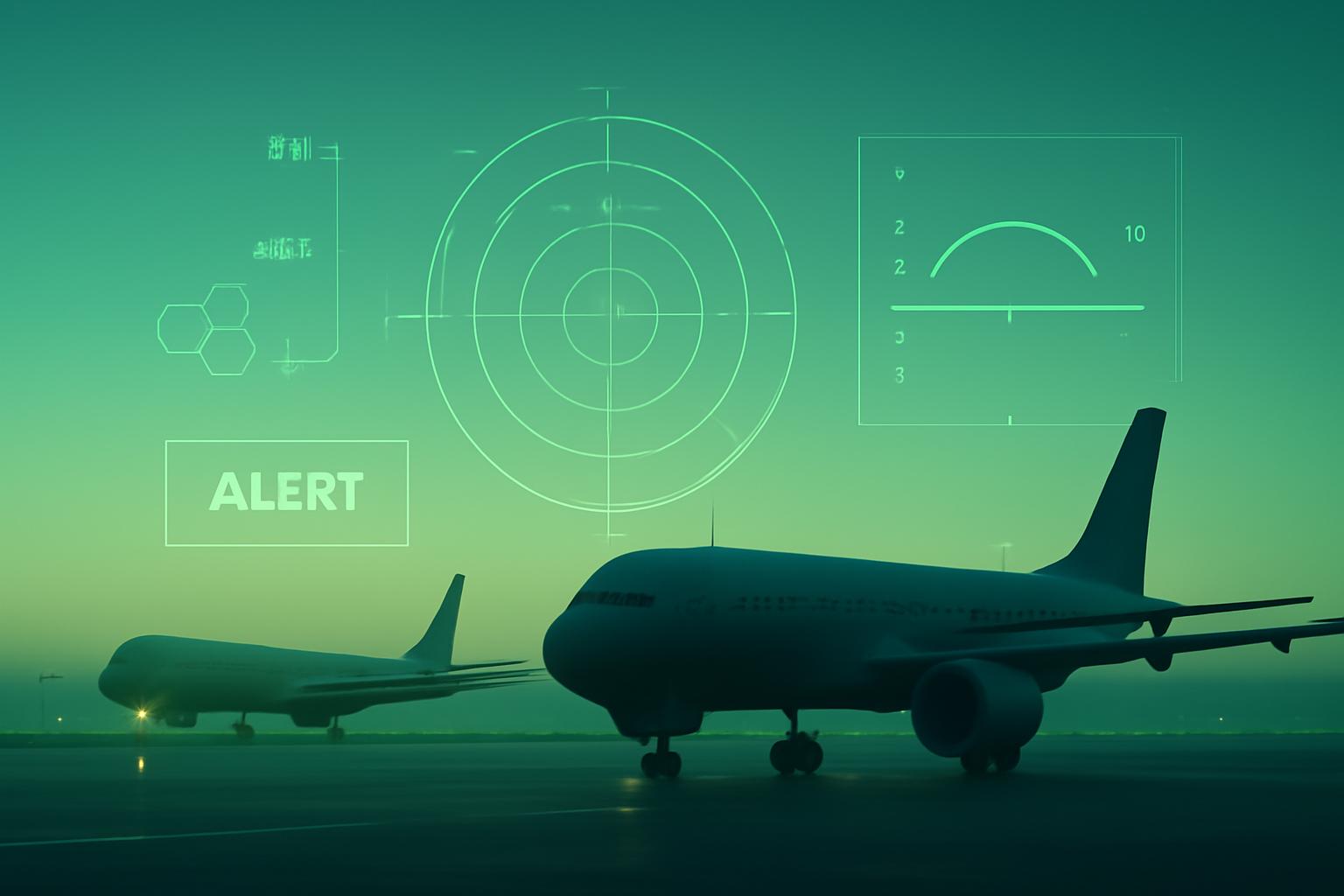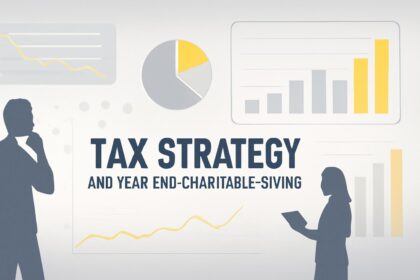Honeywell Advances Cockpit Alert Systems to Prevent Runway Collisions
Honeywell Aerospace is pioneering new cockpit alert technology aimed at giving pilots more time to respond to runway hazards. The company’s latest system, called Surface Alert (SURF-A), is designed to prevent runway incursions and collisions at increasingly congested airports across the United States. Senior test pilot Capt. Kirk Vining recently demonstrated SURF-A aboard Honeywell’s Boeing 757 test aircraft by simulating real-world near-miss scenarios, including incidents where aircraft were unexpectedly present on active runways during landing or takeoff.Runway Incursions: A Growing Safety Concern
Runway incursions, defined as unauthorized presence of aircraft, vehicles, or personnel on runways, averaged 4.5 per day in 2024. The Federal Aviation Administration (FAA) categorizes the most severe incursions as those narrowly avoiding collisions or requiring immediate evasive action. In 2023, the U.S. experienced 22 serious runway incursions—the highest number in over a decade—prompting regulators and safety experts to advocate for enhanced cockpit alerting systems.Surface Alert (SURF-A): Extending Pilot Reaction Time
Honeywell’s SURF-A system utilizes Automatic Dependent Surveillance–Broadcast (ADS-B) data, a GPS-based technology, to detect potential runway conflicts. The system provides pilots with early audio and visual warnings, potentially extending reaction time by up to 28 seconds in critical situations.“Seconds count when you’re operating near the runway, and the sooner you can alert pilots to a potential serious situation, the better,” said Thea Feyereisen, Honeywell Aerospace’s distinguished technical fellow overseeing cockpit alert development.
Contents
Honeywell Advances Cockpit Alert Systems to Prevent Runway CollisionsRunway Incursions: A Growing Safety ConcernSurface Alert (SURF-A): Extending Pilot Reaction TimeIndustry Adoption and Regulatory OutlookLayered Safety: The Swiss Cheese Model in AviationChallenges and Limitations of Alert SystemsCost and Implementation ConsiderationsFinOracleAI — Market View
Industry Adoption and Regulatory Outlook
Honeywell’s existing Smart X alert package, which warns pilots of taxiway incursions, runway length issues, and improper flap settings, is currently installed on more than 3,000 aircraft globally, including fleets operated by Alaska Airlines and Southwest Airlines. Southwest Airlines reported zero runway incursions since implementing the software across its 800 Boeing 737s, investing approximately $20–30 million in the upgrade. American Airlines has begun training pilots on these alert systems and recently equipped its first aircraft with the technology, signaling growing industry momentum. The FAA is actively reviewing recommendations from the Runway Safety Alerting Subgroup, a coalition of aviation stakeholders, to determine future regulatory requirements for advanced cockpit alert systems.Layered Safety: The Swiss Cheese Model in Aviation
Aviation safety relies on multiple overlapping protections—known as the Swiss cheese model—where individual safety layers compensate for the limitations of others. Honeywell’s SURF-A system represents an additional layer aimed at reducing runway collision risks. Despite a rare fatal collision in January 2025 involving a regional jet and a Black Hawk helicopter, the industry maintains an exceptional safety record. However, experts acknowledge the need for continuous technological enhancements to approach zero incident probability.Challenges and Limitations of Alert Systems
Balancing effective alerts with pilot workload is critical. Excessive or nuisance warnings can distract pilots during crucial flight phases such as landing or takeoff. Additionally, existing collision avoidance systems like TCAS primarily operate above 1,000 feet altitude, limiting their effectiveness in low-altitude scenarios where many runway incursions occur. Honeywell is exploring integration of ADS-B and TCAS data to bridge these gaps and provide comprehensive situational awareness at all altitudes.Cost and Implementation Considerations
The SURF-A software retrofit costs tens of thousands of dollars per aircraft, a modest investment relative to the value of multi-million-dollar planes and passenger safety. Honeywell emphasizes that the cost per passenger is negligible compared to the potential expense of accidents, highlighting the economic and safety rationale for widespread adoption.FinOracleAI — Market View
Honeywell’s development of advanced cockpit alert systems addresses a critical safety gap at congested airports, where runway incursions have surged to a decade high. By leveraging ADS-B data to extend pilot reaction time, SURF-A enhances situational awareness and operational safety.- Opportunities: Accelerated adoption by airlines seeking to reduce runway incidents; potential FAA mandates increasing market penetration; retrofit potential for existing fleets.
- Risks: Pilot alert fatigue if systems generate excessive warnings; regulatory delays in mandating technology; integration challenges with existing avionics.













